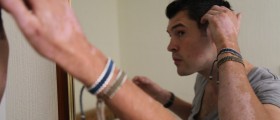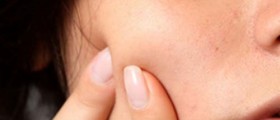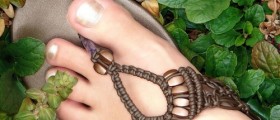
A ringworm, also known as Dermatophytosis, is a skin condition caused by fungal infection of the skin in humans, pets such as cats and domesticated animals such as sheep and cattle. Ringworm is caused by fungal infection, typically by a group of fungi called Dermatophytes. The name “ringworm” is derived from the early belief was that the infection was due to a worm. The medical name for this condition is tinea, often followed by the Latin name for the affected part of the body. For instance, tinea pedis affects the feet, and it is also known as athlete's foot. Tinea corporis affects the body and tinea capitis affects the scalp.
Causes of ringworm infections
Anyone can develop infection with skin fungi but it's more likely to happen when there's a local breakdown of the immune defenses, such as a scratch on the skin. Fungi spores usually invade the skin crack and develop the infection. Practically, fungi need specific environment to multiply and develop. In athlete's foot, for example, the area between the toes is sweaty and moist so that the local immune defenses fail to act as a proper barrier to micro-organisms.
There are various sources of infection. The fungi may spread from person to person, from animal to person or from the soil to a person. Heat and moisture are especially beneficial for fungi growth, which makes them more commonly found in skin folds or under the human hair.
Symptoms of ringworm infections
Symptoms of ringworm infection may vary depending on the affected surface. If the ringworm affects skin, it usually manifests as reddened and scaly patches on the surface. Patches are usually shaped like irregular rings with slightly raised edges. The patches are usually very itchy and the hair inside them may be lost.
If the ringworm affects the nails, they can become thickened and discolored, with scaling of the palms or soles. In many cases, nails finally crumble and fall off.
Prevention of ringworm infections
To prevent any kind of fungi infection, one should avoid sharing clothing, sports equipment, towels, or sheets with the others. One should avoid walking barefoot, especially in the locker rooms, tanning beds, or at the swimming pools. After the visit one should always wash with an antibacterial and anti-fungal soap. After the suspected exposure to ringworm, the clothes should be washed in hot water with fungicidal soap. It is also recommended to keep away from touching pets with bald spots as they are frequently carriers of the fungus.








_f_280x120.jpg)








Your thoughts on this
Loading...